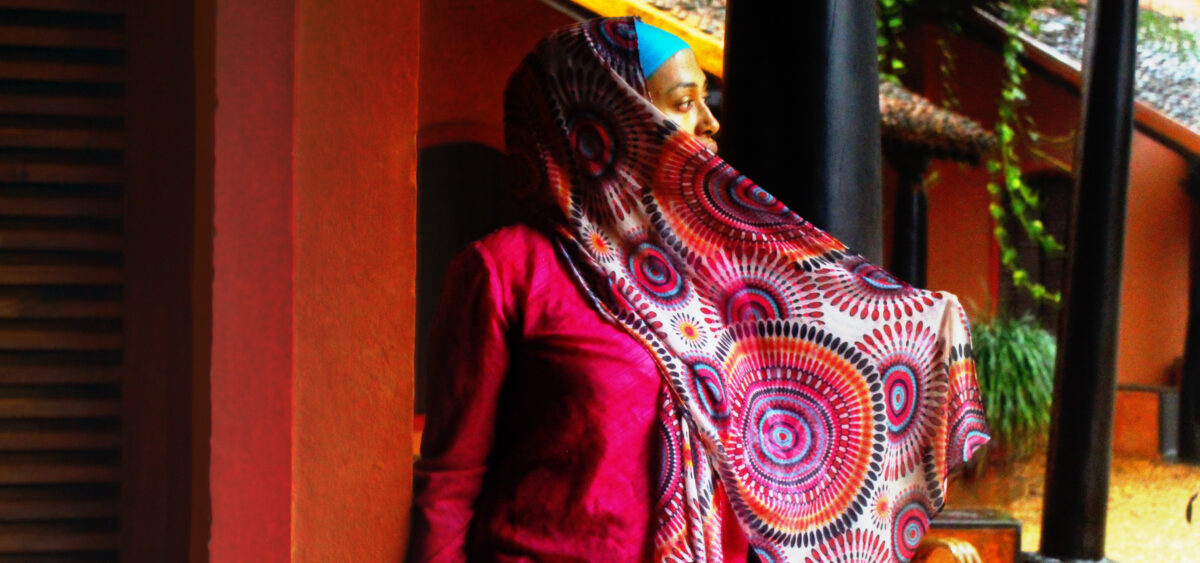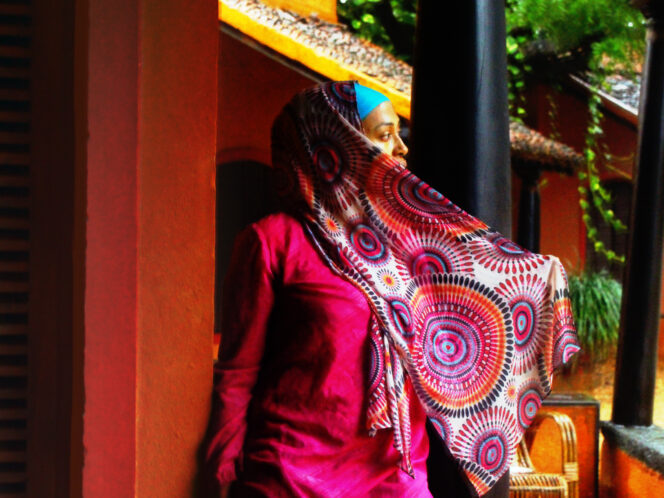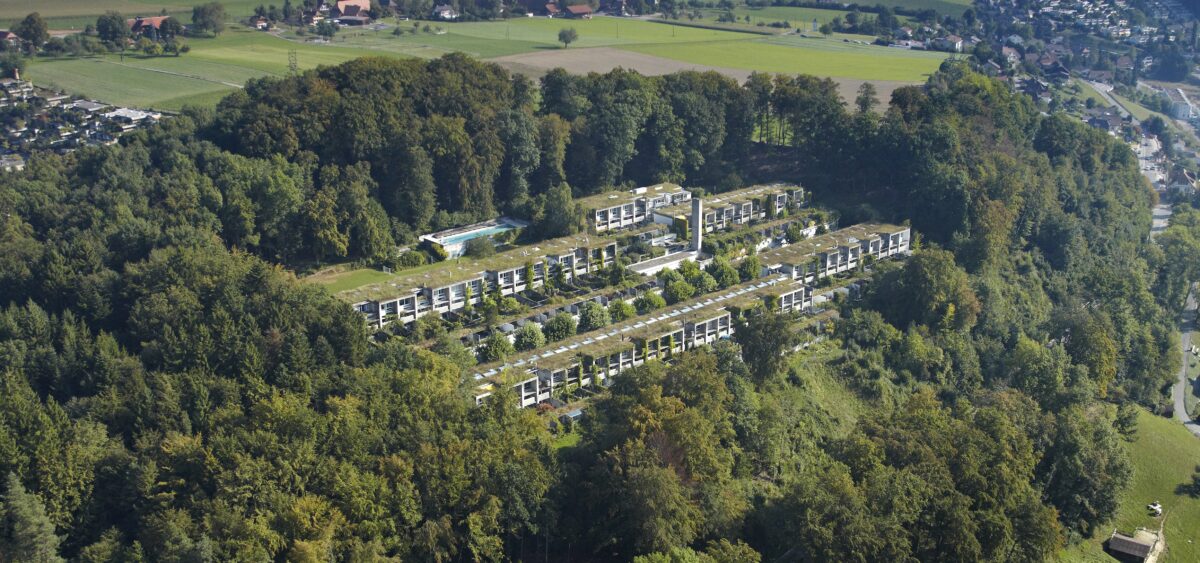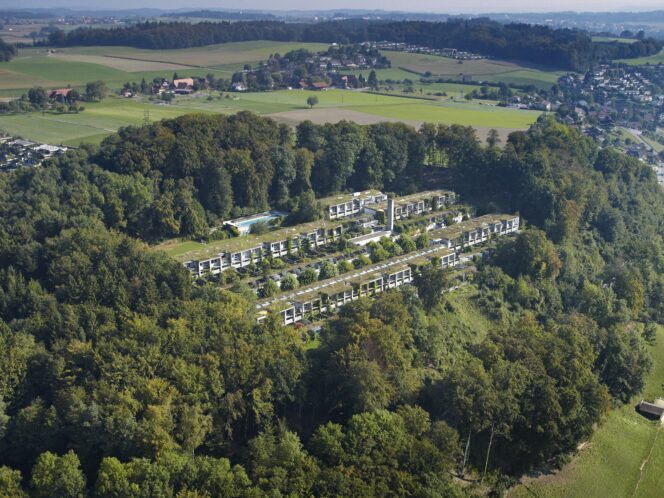
Is it possible to bring a utopia to life? When searching for an ideal world, do we part with reality or maybe give it a new shape? And is creating alternative realities something that only cult leaders do? Stasia Budzisz discussed these and other questions with Katarzyna Boni, whose reportage Auroville. Miasto z marzeń [Auroville: The City Made of Dreams] was published in Polish in June 2020.
Stasia Budzisz: You came across one of the communities of Auroville, the city of the future, by accident in 2009. You knew nothing about it, but what you found frightened you, and you decided to run away. What happened there?
Katarzyna Boni: I was travelling alone around the south of India. At some point, I felt that my journey made no sense; all I did was check the landmarks off a list from a travel guide. I figured it was the right moment to try some volunteering. I found a local community that planted trees and decided to join it. And so I ended up in Auroville, although the community was located on the outskirts rather than in the city itself. When choosing a project to volunteer on, I didn’t even know I was applying to an Aurovillian community – I just liked the idea of planting trees in exchange for food and shelter. I only learned about Auroville itself from my pocket guide. Two weeks in, I didn’t want to stay for a moment longer. I ran away to the Himalayas, at the exact opposite end of India. Several factors had prompted my reaction. First of all, I was at a stage of my life where I was changing jobs. I wasn’t yet in my thirties; I was still trying to give shape to my identity. I knew my dreams, but didn’t really know what to do with myself and what path to follow in order to get there. In the community, I met people whose situation was similar to mine, except they genuinely believed this place was going to save them. And I am severely allergic to this way of thinking, as I don’t believe in blind idealism. Back then, I saw Auroville as a settlement established by Americans and the French, convinced that communism was the best thing to happen to us because they forgot to ask Poles about the reality of it. I was cynical and mocking about Auroville.
You wrote that you wondered whether Auroville was a cult, and yet several years later, you went back there and wrote a book about a utopia. How did you come up with that idea?
The idea to write a book around this topic had been there for a long time; I even set up a whole separate project about it. But then I started working on a reportage in Japan – Ganbare! – and it consumed all my attention. I decided that my ‘utopias’ could wait and I shelved them for later. Then, just as Ganbare! was published, I got back on track with








